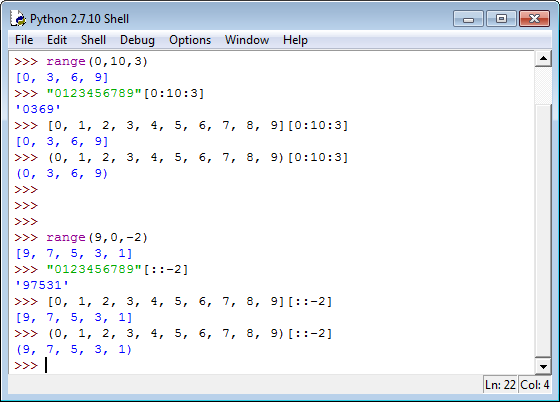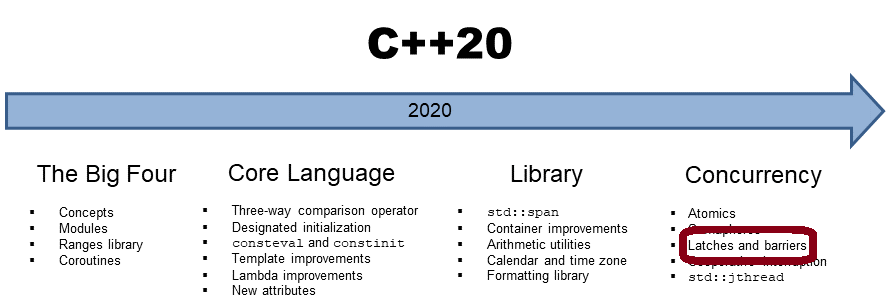
And the Winners are: The C++ Memory Model/Das C++ Speichermodell
/
0 Comments
That is easy. Both of you, the German and the English reader prefer the same pdf bundle: The C+ Memory…

Defining Concepts
I wrote a few posts about using concepts. Concepts are a named set of requirements. Let's define a few…

Placeholders – The Second
The unification of templates, concepts, and placeholders goes on. This time, I will look closely at constrained…

Concepts – Placeholders
C++11 has auto unconstrained placeholders. You can use concepts in C++20 as constrained placeholders.…

Task Blocks
Task blocks use the well-known fork-join paradigm for the parallel execution of tasks.
Who invented…

Transactional Memory
Transactional memory is based on the idea of a transaction from the database theory. Transactional memory…

I’m Done – Geschafft: Words about the Future of my Blogs
I'm more than happy to say. I'm done with translating my more the 130 posts from http://www.grimm-jaud.de/index.php/blog…

Pdf Bundles
I have written more than 130 posts on this blog. I covered the topics of multithreading, embedded, and…

Coroutines
Coroutines are functions that can suspend and resume their execution while keeping their state. The evolution…

Latches And Barriers
Latches and barriers are simple thread synchronization mechanisms, enabling some threads to wait until…

std::future Extensions
Tasks in the form of promises and futures have in C++11 an ambivalent reputation. On the one hand, they…

And the Winners are
Mads Ravn, Antonis Polykratis, Martin Mancuska, David Farago, Edgar Rojas, and Adrian Javaloy.
Here…
